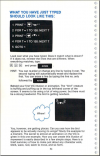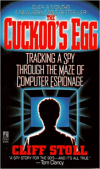tealtonerick
Inspired
Cliff and the Fractal development team has more computing brothers out here than they might even realize. My Computer Science degree is from the oldest department in the country.I think it says a lot about the Fractal Audio demographic that a thread about the PDP11 is a hot topic.


 )
)
